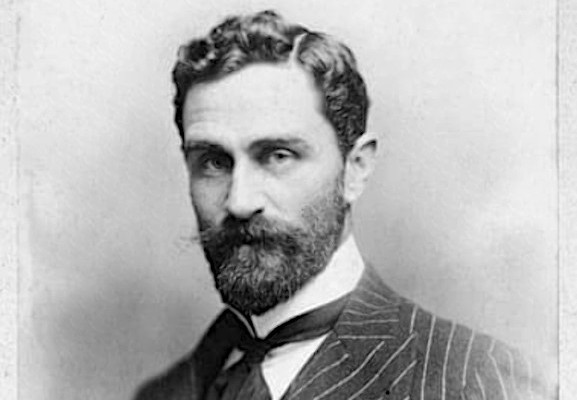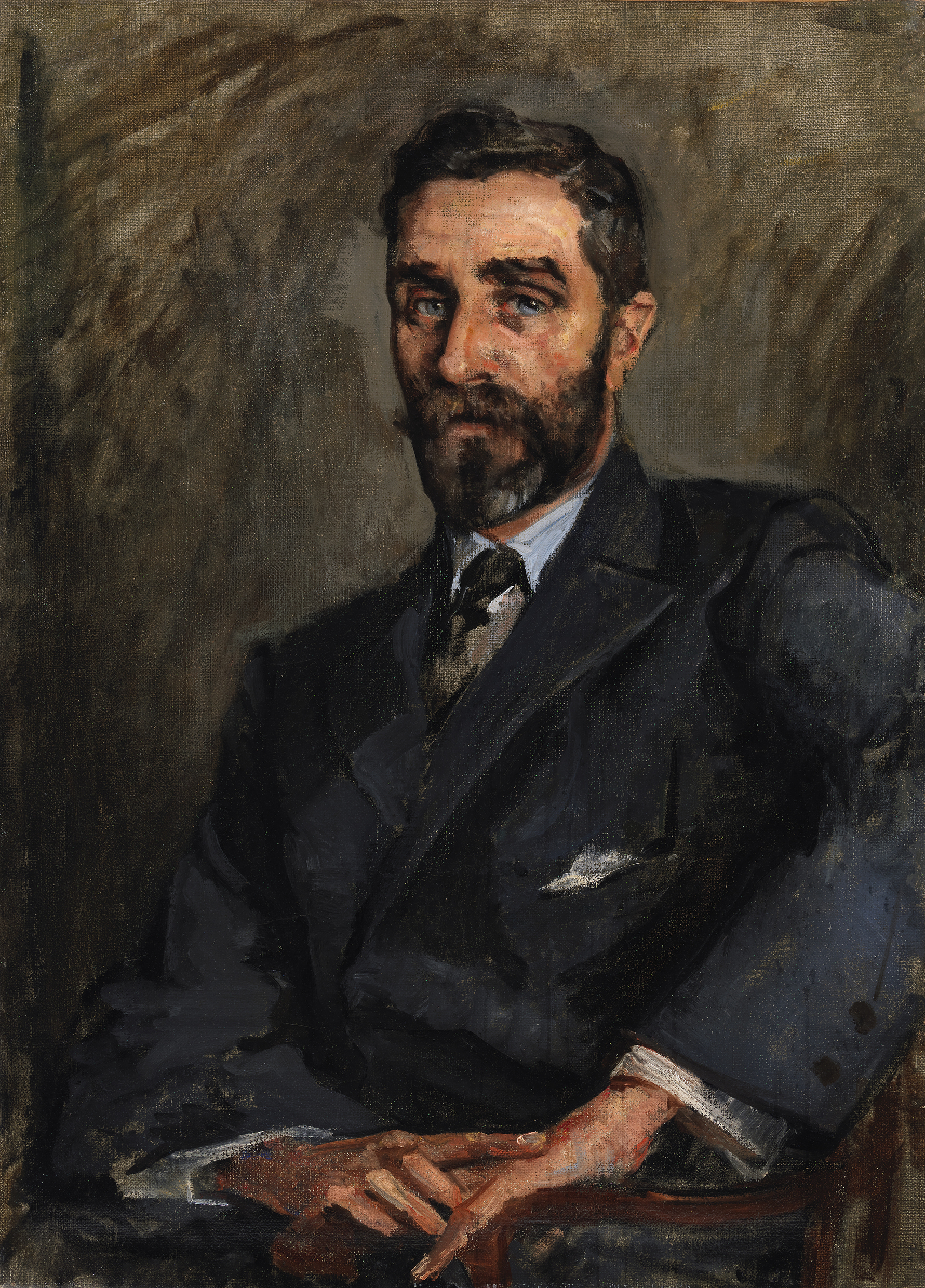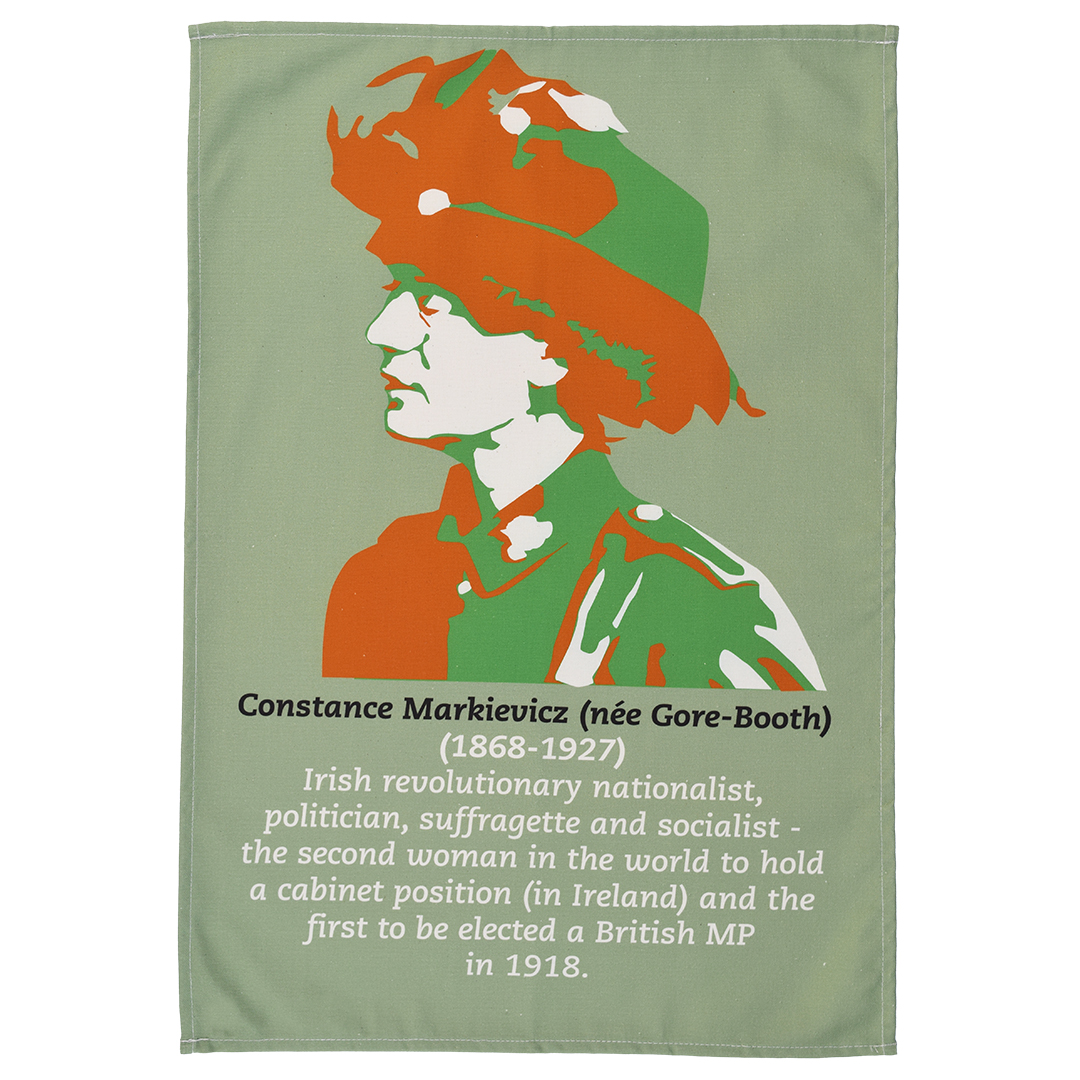Proud To Be a Rebel: The Life and Death of Roger Casement
Posted by Pete on 3rd Aug 2022

The story of Sir Roger Casement, martyred on this day for his role in the Easter Rising of 1916...
“Ireland is treated today among other nations of the world as if she was a convicted criminal. If it be treason to fight against such an unnatural fate as this, then I am proud to be a rebel and shall cling to my rebellion with the last drop of my blood.”
It’s rare that someone goes from being knighted to being executed for treason by the same government, let alone in the space of five years.
But Sir Roger Casement (1864-1916) was a rare character.
Roger Casement was one of the key leaders of the Irish revolutionary movement that led to the Easter Rising of 1916
Click to view our Easter Rising tea towel
He was born into an Anglo-Irish family in Dublin, middle-class and basically loyal to the British Empire.
Having lost both his parents while he was still a kid, Casement moved to Liverpool at 16 to work for a shipping company.
And it was those shipping routes which took him to Belgian-ruled
Congo.
There, he witnessed one of the most brutal European colonial projects of the late nineteenth century – not for want of competition.
Congo was run as a private prison by King Leopold II of Belgium, among the foremost butchers of modern history.
In the context of a global rubber boom, forced labour was imposed on an industrial scale to squeeze the rubber-rich Congo for all it was worth. Leopold’s plantation regime involved the mass murder and torture of the Congolese people.

A portrait of Roger Casement from 1914
Casement joined the British diplomatic service in Africa, and in 1903 was commissioned to produce a report on humanitarian abuses by the Belgian regime in Congo.
The ‘Casement Report’ which came out a year later was a bombshell, exposing the systematic “enslavement, mutilation, and torture of natives on the rubber plantations” to a global audience.
It had some genuine impact, as well. Socialists in the Belgian Parliament forced Leopold to call an independent inquiry, and in 1908 Congo was brought under the authority of the Belgian state, rather than the Belgian king.
Meanwhile, Roger Casement went on to conduct a similar investigation in the Peruvian Amazon, another front in the worldwide surge in forced labour and slavery caused by the rubber boom. He was knighted by the British for his work in Peru in 1911.
But Casement’s last and most famous fight against empire wouldn’t be about rubber, and it wouldn’t be so far from home…
Because Roger Casement was an Irish nationalist.
He joined Sinn Féin when it was founded in 1905, believing it had a more serious approach to Irish freedom than the home rule ideology of the
Irish Parliamentary Party.
Westminster would never grant Ireland home rule, Casement believed. Independence was the only way.
Constance Markievicz was another one of the key figures in the Easter Rising, and went on to become the first woman to be elected to the British parliament
Click to view our Constance Markievicz tea towel
In 1913, Casement had retired from the British diplomatic service.
A year later, as World War I broke out in Europe, he was sent by the Irish national movement to the U.S to raise money for arms and ammunition.
With Britain at war, many Irish radicals judged that the time to rise up for independence had come.
In the U.S., Casement helped develop a strategy by which Irish rebels would form an alliance of convenience with Germany.
It was a tough sell, with many Irishmen already fighting in Belgium and France with the British Army.
But groups like Sinn Féin and the Irish Republican Brotherhood argued that Ireland shouldn’t sacrifice its own people fighting for its oppressor.
Plans were developed for an Irish revolution, and they were ready by the spring of 1916.
Roger Casement was in Germany at the time, negotiating for arms and money. When he learned of the plan, he feared it was premature. Casement didn’t trust the Germans to provide the support Ireland needed.
But he hurried back to Ireland regardless, aboard a German submarine.
He arrived at Banna Strand in County Kerry on 21 April 1916, three days before the
Easter Rising.
But Casement was captured by local police and shipped off to Brixton Prison.
As the Irish rebellion was put down by the British Army, Casement was put on trial for high treason.
He was still a popular man outside Ireland, famed for his humanitarian work. Celebrities like W.B. Yeats and
George Bernard Shaw, as well as the U.S. Congress, pressed for clemency.
But the British state was intent on killing Roger Casement. Exploiting widespread homophobia, it circulated journal extracts, supposedly authored by Casement, which revealed him to be gay.
On this day, 3 August, 1916, he was hanged at Pentonville Prison.
He had been a diplomat, a human rights campaigner, and a knight of the realm. Now he was one of the first martyrs of the Irish Revolution.


